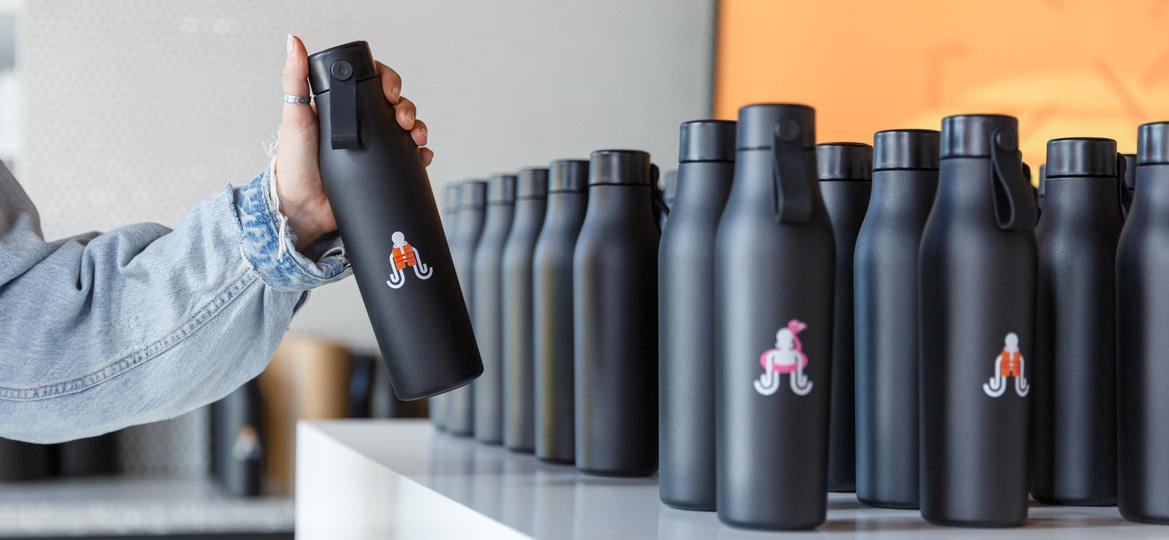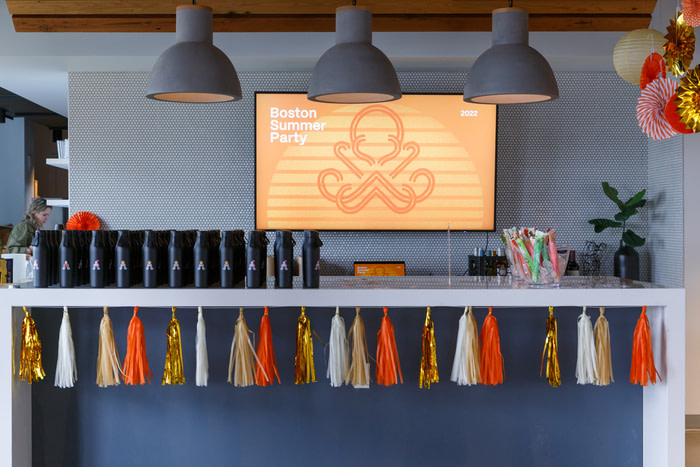MullenLowe on advertising for tomorrow
Dave Weist tells us about the power of advertising to shift perceptions – and why it matters.

The world is changing – and so is advertising. Times when a good ad simply meant smiley people and a catchy jingle are over. So, what’s next?
Enters MullenLowe. With the likes of organizations like Brooklyn Film Festival, UN Women and KFC, the agency’s creative problem-solvers find inventive ways to capture an audience’s attention.
Dave Weist, executive creative director at MullenLowe Boston, tells us about the power of (good) advertising to shift perceptions – and why it matters.

Data-driven emotion
Let’s start with the basics. What makes a good ad? “It’s been crafted to be relevant, breakthrough and ultimately effective,” says Weist. Three boxes he believes can only be ticked with a customer-centric, sensitive approach.
“The inspiration comes from the intersection of data, insights and creativity. The smarter the data, the sharper the brief, and the better the creative. It all has to be woven together and appear effortless and true for the brand. The better work today is hitting on all three levels. And in the best work, it’s invisible.”
“Emotion is the thing that holds a brand together”
A data-driven approach doesn’t mean modern advertising is deprived of an emotional dimension, though. “Emotion leads to likability and that’s more effective than pure persuasion. Emotion is also the thing that holds a brand together and allows it to become part of the conversation. It’s what makes the rational message ladder up to something more meaningful. It also makes this job worth doing, in my opinion.”
To Weist, it’s important for brands and advertisers to remember that, at the end of the day, your audience only sees your final product. “People react in a binary way. Thumbs up or thumbs down. That’s totally fair. When I’m watching something on Hulu, I’m not considering the writer’s backstory. So, I’d say I don’t really need people to know why we do things – the thumbs up or thumbs down method is still the highest form of approval.”

Advertising for the future
While its main objective remains the same, the world of advertising has changed a lot since MullenLowe was founded in 1970. Weist sees the evolution of the testing and development process as one of the most impactful changes to the industry.
“Verification of an idea has evolved over the years. We’ve gone from testing something after the fact to knowing where to dig in the first place. If done well, the newer form of verification is much better for creativity because it allows an idea to grow and evolve. So now, we’re able to keep an idea’s uniqueness, not just round off the edges, and still build to the right outcomes.”
“Creativity will be the answer, more than ever.”
With new times also come new trends. For Weist, sorting the real opportunities from simple fads all depends on the brand. “Any trend can be made relevant to a brand if that trend is relevant for the brand. If it’s a bolt-on, it’s a fad. You also need to do something with the medium to make it more ownable and re-imagined for your purposes.”
Some of these trends completely revolutionized the industry, too. The growth of digital content, for example, represents both a challenge and an opportunity for advertisers. “We are competing not only against advertising but also against all the content people love today. The expectations for craft are only getting higher and I personally think that’s a great challenge. Creativity will be the answer, more than ever.”

“We have the power to shift perceptions”
With new generations being more and more connected to social issues and living their values through their purchase habits, Weist believes purpose has become an even more crucial element of defining yourself as a brand.
“Purpose is about what we do and why we do it. That doesn’t mean we have to pound our chests and say ‘look at what we did’. Most of our clients very modestly do amazing things in the world. The truth is that people genuinely care who they do business with, and they have plenty of options. They also know when a brand is being true to themselves and when the commitment is real.”
Branding and communications are key mediums to reflect this sense of purpose. MullenLowe lives its values with its own. Take it from the beautifully designed custom Water Bottles they gave away at their last summer party, showing their commitment to creativity AND wellbeing.

Purpose doesn’t just come from brands, though. For Weist, advertising also has the power to support social change. “We know that we have the power to shift perceptions and that comes with responsibility. We’ve supported many great organizations over the years. And it’s a good reminder of what you get to do every day, when you see change happen for the right reasons.”
Advertise with purpose with MOO’s marketing materials.
Keep in touch
Get design inspiration, business tips and special offers straight to your inbox with our MOOsletter, out every two weeks.




